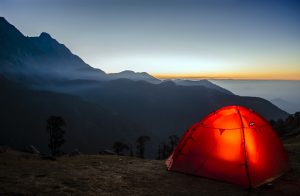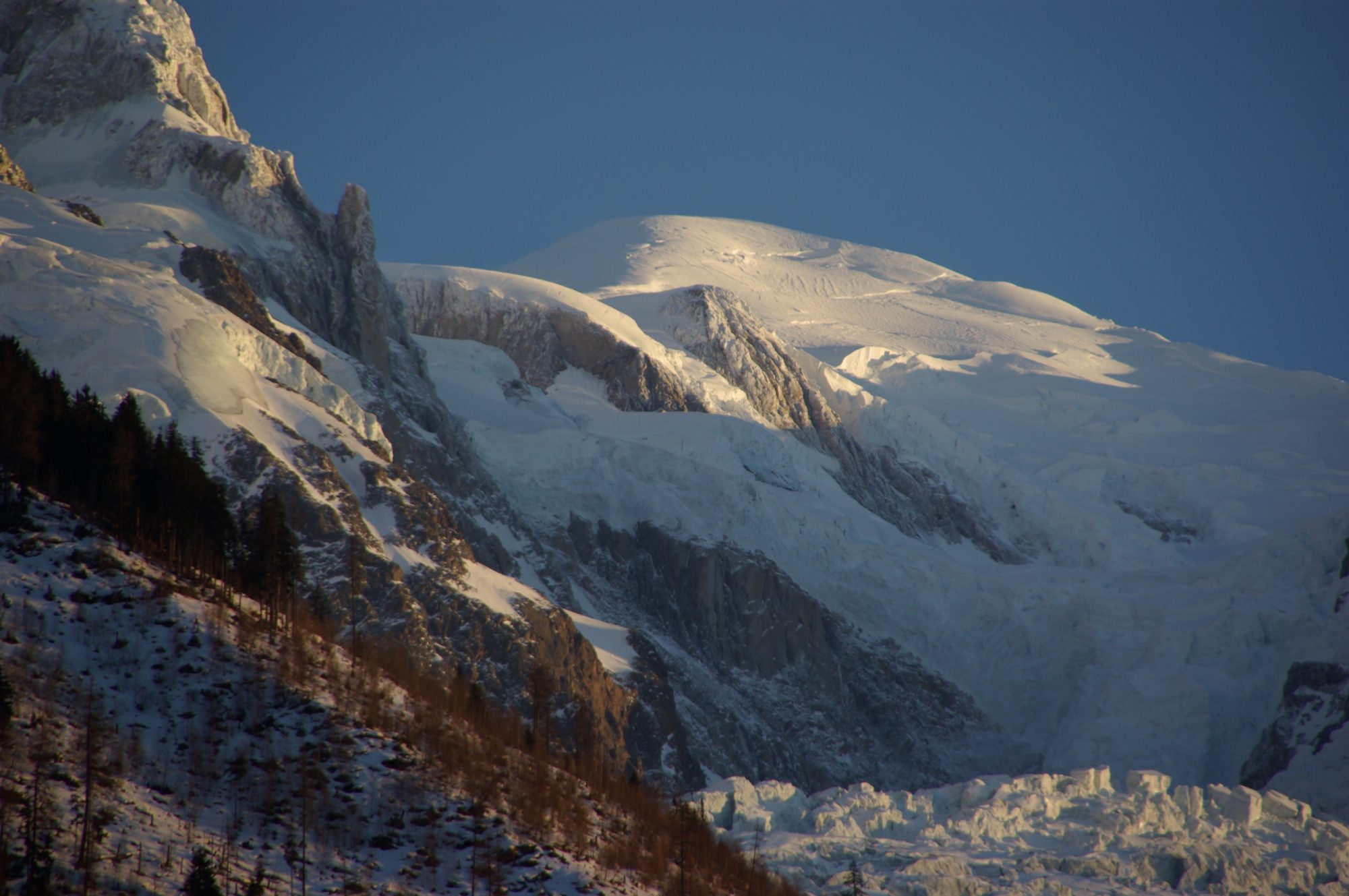
Are you getting enough exposure to nature?
Nature deficiency is becoming an increasing problem, inextricably linked to those other facets of modern life: urbanization, prolonged inactivity and addiction to technology.
Since 2007, more than half the world’s population resides in urban areas. Many of us now spend the majority of our time indoors, sitting down, glued to our screens. As a society we are withdrawing from nature and losing our connection with food. The number of children playing outside regularly is diminishing.
Why does this matter?
Well firstly, it’s making us sick.
City living clearly offers many opportunities and advantages, and is not in itself the problem. However, urbanization is often associated with issues such as air pollution, lack of safe green spaces for recreation, and promotion of unhealthy food choices. These problems are linked to the increasing prevalence of non-communicable diseases such as cardiovascular and respiratory disorders, cancer, type 2 diabetes, obesity and depression.
Likewise, relatively new technologies such as personal computers and smart phones, the internet and social media, as well as offering huge benefits, are associated with adverse health outcomes such as reduced physical activity and obesity, mental health problems (gaming addiction, cyber bullying, depression and suicide) and sleep disruption.
Secondly, as we withdraw from nature, we lose the many health benefits that time outside bestows. Check out this post to learn about some of the ways in which interacting with natural places can improve not only your physical and mental health, but also your cognitive abilities.
But even if you don’t need convincing to spend more time outdoors, the reality is that there can be numerous barriers to getting outside on a regular basis: our work, the weather, family responsibilities, lack of access, maybe even fear.
So, here are some tips and suggestions to help us get a regular dose of nature:
1: Work nature into your daily routine
Time is a big issue for most of us, so let’s start simply.
What about sitting outside for 10 minutes at some point during the day. If you have a garden or balcony, can you have your morning cup of coffee outside before you start the day, or when you get home to help you unwind?
Alternatively, is there a park or other public green space near your work where you can go and have lunch, or take a short walk during the day?
Another obvious way to increase both your nature exposure and exercise is to switch from using your car or public transport, to active travel for your daily commute to work.
If that’s not possible, maybe you could try walking or cycling to work one day a week. If it’s too far, can you drive or get public transport part of the way, and walk or cycle the rest? Can you design a route that takes you through a park or other type of green space?
2: Take your exercise outside
Is it possible to take your workout outside occasionally?
Nature provides a great natural gym. You can go to your garden, local park or woodland and do some outdoor high intensity circuit training: pull-ups on tree branches, dead lifts using rocks, farmers carries using logs, jumps onto or between obstacles.
If you’re into running, instead of pounding the pavements or the treadmill, can you find a local trail to explore? If you like swimming, have you ever considered ocean swimming or wild swimming in rivers or lakes?
3: Involve your kids
It’s great to involve your kids in your outside workouts. If they’re young, you can modify the exercises to make it fun for them as well as challenging for you. Try bear crawling, practice your fireman’s lift and see how far you can carry them, do sprinting races, play tag, and devise obstacle courses in the park or garden.
If your kids are older then they can join you on more challenging and time consuming outdoor activities such as bike rides, runs, hill walks, or fishing trips.
4: Try nature based hobbies
If you can develop a passion for immersive outdoor activities such as gardening, bird watching, fishing or conservation volunteering, then nature deficiency is unlikely to be a problem for you ever again. Try experimenting with a few and see what grabs you.
5: Go on a microadventure
This is a great term coined by adventurer Alastair Humphreys. According to his definition, a microadventure is “an adventure that is close to home, cheap, simple, short, and yet very effective.”
To me, it means recreating some of the adventures we had as kids – exploring our local neighbourhood, finding or building shelters, climbing, playing unstructured games and camping.
For a start, why not try spending the night camping in your back garden occasionally? If you’ve got young kids, you can involve them too. They’ll think it’s a great adventure. Or if you need a break from them, and have child minding options, wait until they’re asleep before you set up camp. Spend the night in your tent and head back inside before they get up for breakfast!
Tents, sleeping bags and all the other requisite gear for camping are becoming much more affordable. You don’t need to buy a top of the range, 4 season expedition tent that can withstand Himalayan storms!
What if you don’t have a garden or if you want to explore further afield? Try wild camping…but remember that you can’t just set up camp anywhere. In England and Wales you may need permission from the landowner. Not so in Scotland where the Land Reform (Scotland) Act 2003 applies, giving you the right to roam.
Wherever you go though, it’s important to act responsibly, be as inconspicuous as possible and leave no trace. Pack out all litter, avoid fires, and learn how to take a shit in the woods properly. Seriously – find a suitable spot at least 50m away from water, take a small trowel, and bury your waste in a hole at least 6 inches deep.
Truly explore your local area, on foot, by bike, on or in the water. Try foraging for seasonal wild foods such as wild garlic, elderflowers, mussels and blackberries.
(If you want to pick wild fungi then enlist the help of an expert, otherwise this can end up being an extreme sport – you might as well go base jumping. I’ve seen enthusiasts end up in the Intensive Care Unit on a dialysis machine after eating what they believed was a harmless edible mushroom.)
6: Change your mindset (and your clothes)
It’s become a cliché but “there’s no such thing as bad weather, only unsuitable clothing.” (I used to think this quote was from Billy Connolly, however it may actually be attributable to Alfred Wainwright. Or Sir Ranulph Fiennes. Or it’s a Scandinavian saying. Whatever – it’s on the money).
Here in the UK, the weather can be perceived as a significant barrier to getting outside. But we‘re not the only country to have challenging weather conditions. We’ve got some amazing and very accessible natural areas on our doorstep: friendly rolling hills and more challenging mountains, rivers and national parks, miles of coastline and networks of bridleways and country lanes. Modern outdoor clothing is highly effective at keeping us warm and dry in all but the most miserable conditions. And remember how great it feels to come inside after having an outdoor adventure in the cold and wet.
All we need is a change of mindset. The health benefits of nature are on offer whatever the weather, so invest in some decent outdoor gear and rediscover that being outside is an important and normal part of everyday life.
